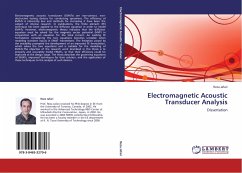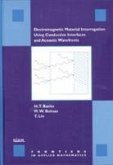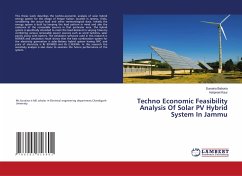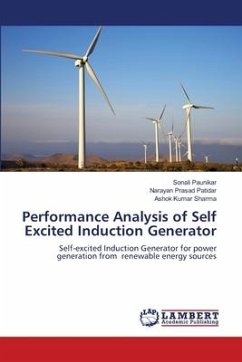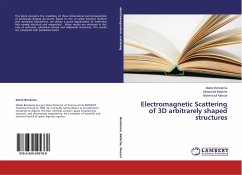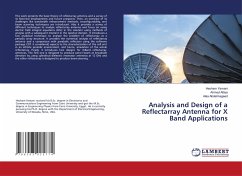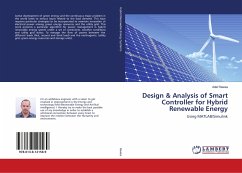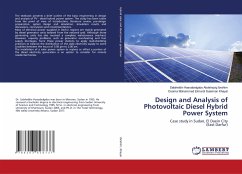Electromagnetic acoustic transducers (EMATs) are non-contact, non-destructive testing devices for conducting specimens. The efficiency of EMATs is inherently low and methods for increasing it have been the subject of intense research. In publications, the finite element (FE) technique has been applied to the diffusion equation in order to model EMATs. However, electromagnetic theory indicates that the diffusion equation must be solved for the magnetic vector potential (MVP) in conjunction with an equation for the total current. An existing FE formulation considering the two equations becomes unstable when modeling transient inputs in EMAT transmitters. The limitation posed by the instability prompted the development of an improved FE formulation, which solves the two equations and is suitable for the modeling of EMATs.The objective of the research work described in this thesis is to properly and accurately model EMATs, so that their efficiency could be improved at the design stage. The thesis describes the governing equations of EMATs, improved techniques for their solution, and the application of these techniques to the analysis of such devices.
Bitte wählen Sie Ihr Anliegen aus.
Rechnungen
Retourenschein anfordern
Bestellstatus
Storno

